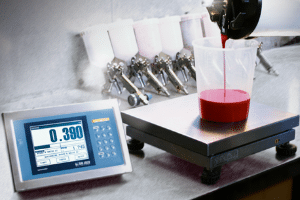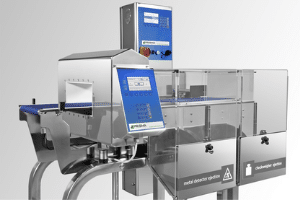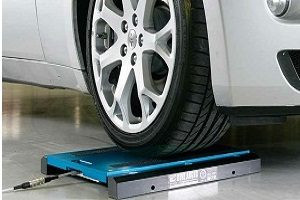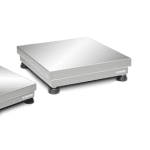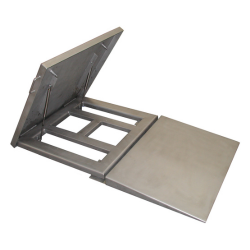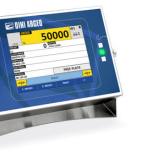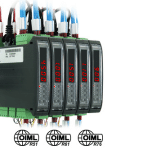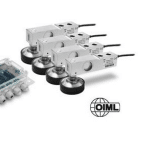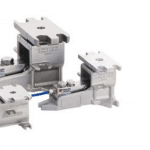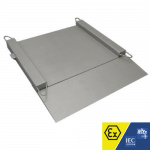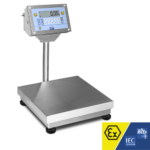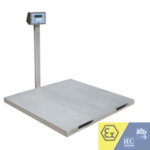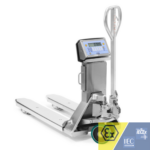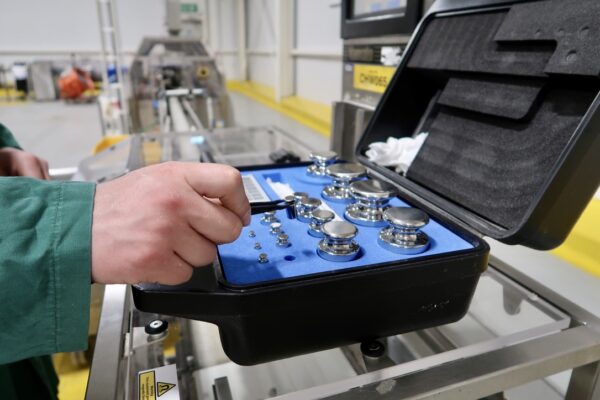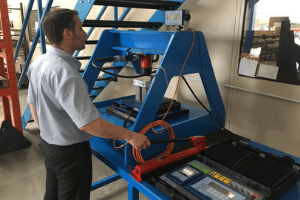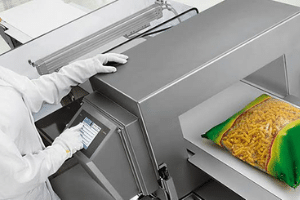What Happens When A Scale is Overloaded?
There’s only a few things worse than discovering that your scale has been damaged due to overloading.
Not only can it be expensive to repair overloading damage, but it also means that you won’t be able to accurately weigh items until the damage is repaired. In this blog post, we explain what happens when a scale is overloaded and provide tips to prevent overloading.
What Happens When a Scale is Overloaded?
When a scale is overloaded, the strain on its load cells can cause them to break or become misaligned. This means that the mechanism responsible for translating force into digital readings will no longer function correctly.
The result? You won’t get an accurate readout from your scale.
In some cases, overloads may be severe enough to cause permanent damage, such as cracking of the scale’s platform or housing.
How to Detect Damage from Overloading?
To detect whether any overload-related damages have occurred, it is important to look out for common indicators such as the scale failing to turn on or display an error message at starting; inconsistent readings combined with fluctuating numbers; an overload indicator/weigh metre icon appearing on screen; no change in reading when a load is applied, or if the original number does not return upon removal of said weight.
If any of these issues are present, then it is likely that the internal load cell has been damaged due to an overload. It is important to note that some scales come with an overload protection feature which prevents damage from occurring in the event of an overload.
However, even with this feature in place, it is still possible for damage to occur. Therefore, it is important to test your scale regularly with known weights and always keep within its prescribed weight limits.
How to Prevent Overloading your Scale?
Regular maintenance and calibration are key components of ensuring your scale remains accurate and reliable over time. This includes checking for any signs of wear or tear on the surface of the scale as well as conducting regular span tests before any major overloads (such as those caused by heavy loads).
These tests allow you to identify any potential issues with accuracy before they cause permanent damage to the internal load cell or other components within your weighing system.
By taking these steps, you will be better equipped to protect your weighing system from costly repairs resulting from accidents or misuse.
Conclusion
In conclusion, understanding what happens when a scale is overloaded can help you prevent expensive repairs in the future and ensure that you always get accurate readings.
Regular maintenance and calibration are key components in protecting your scales from damages related to overloading and should not be overlooked. If ever there was a time where accuracy matters more than ever before – it’s now!
Make sure that your weighing scales are up-to-date and functioning properly so you don’t miss out on business opportunities or risk safety concerns due to inaccurate readings!
